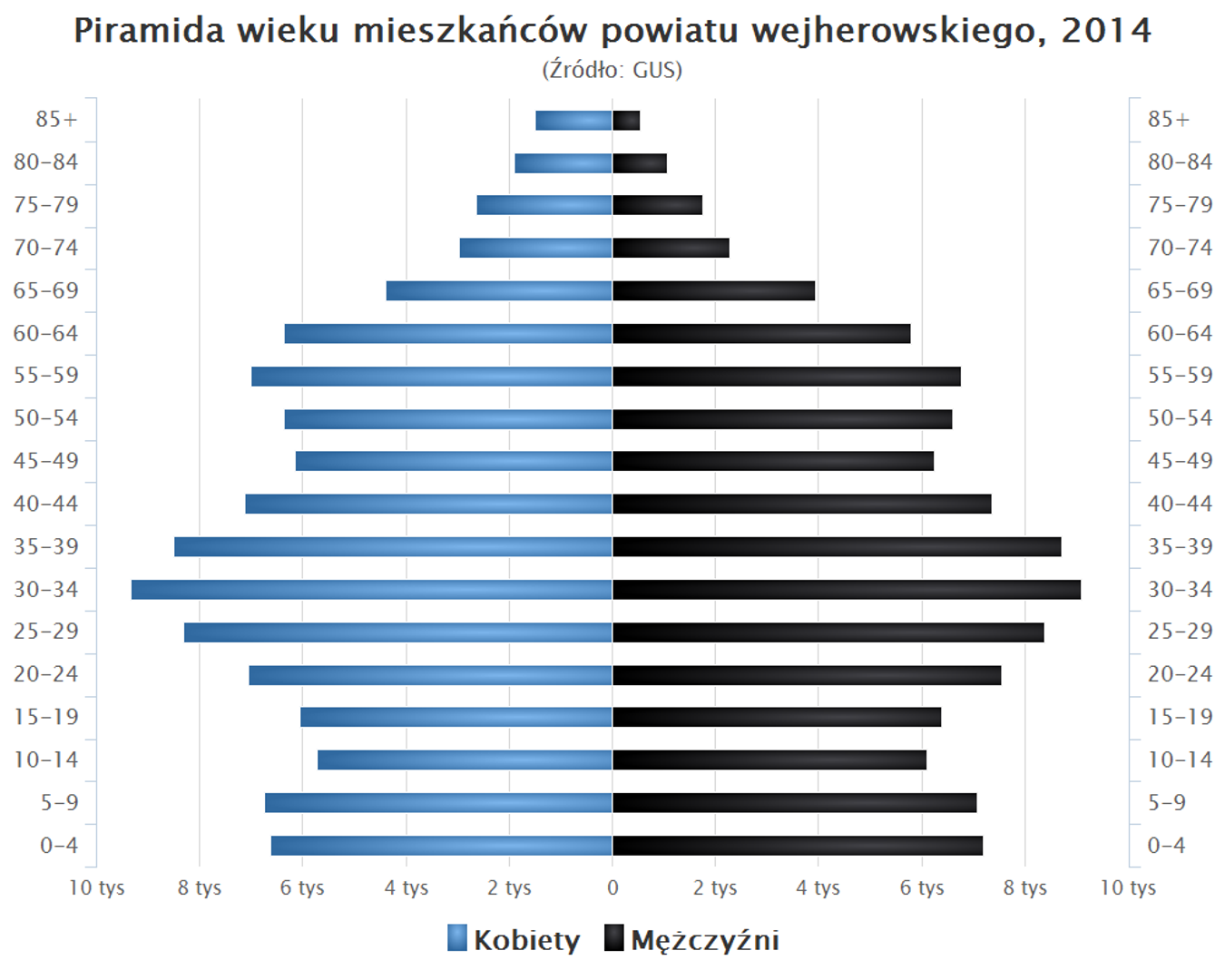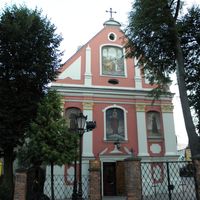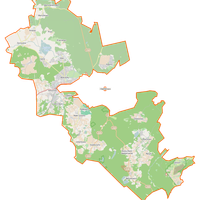Wejherowo County
7.43

Overview
Wejherowo County, located in northern Poland within the Pomeranian Voivodeship, was established in 1999 as a result of administrative reform, with its capital in the city of Wejherowo. It is the most populous rural county in the Pomeranian Voivodeship and the fourth most populous in Poland. The region is predominantly inhabited by the Kashubian people, with bilingual place names in six municipalities, and in Szemud and Linia, Kashubian has been granted the status of an auxiliary language. The county consists of urban municipalities (Wejherowo, Rumia, Reda) and rural ones (Choczewo, Gniewino, Linia, Luzino, Łęczyce, Szemud, Wejherowo) and covers an area of 1,285.25 km². The county boasts numerous architectural attractions, and its history dates back to 1818 when it was established as a county in the Province of West Prussia. After World War II, the county's borders changed multiple times, and following the administrative reforms of 1975 and 1999, its existence was restored in a broader form, encompassing new municipalities. The seat of the county is Wejherowo, known for its beautiful monuments, including the Baroque Cathedral of the Assumption of the Blessed Virgin Mary and a palace complex. Kashubian culture is manifested in traditions, music, and cultural events, including regional festivals and fairs. The county is characterized by dynamic population growth, driven by migration from the Tricity area and its surroundings. Transportation in the county is provided by national and regional roads, as well as railway lines, including the SKM (Fast Urban Railway), facilitating access to Gdynia and Gdańsk. Local media operate in the region, promoting cultural and social life. An interesting fact is that the county significantly benefits from its Kashubian heritage, and its residents cherish their cultural traditions, contributing to the unique character of this area.
Location
Country
2025 Wizytor | All Rights Reserved









